Last chances to hear ARISSat-1 are rapidly approaching.
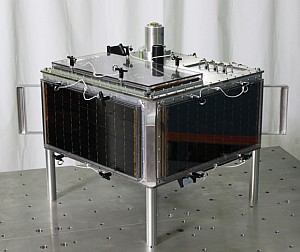 A reminder that if you have been putting off working through the ARISSat-1 repeater, receiving SSTV pictures, or submitting telemetry, the next few weeks will be your last opportunity to be a part of this satellite’s history. Since deployment in August, ARISSat-1 has descended about 60 km, and is currently losing more than 1.5 km per day. The rapid rate is partially the result of the recent solar activity on the atmosphere, significantly increasing the drag. The predictions by several individuals and groups are all converging toward a reentry in January or February, 2012. Heating will become significant before then. Remember, good telemetry in this period provides invaluable information to the engineering team, to be used in future projects.
A reminder that if you have been putting off working through the ARISSat-1 repeater, receiving SSTV pictures, or submitting telemetry, the next few weeks will be your last opportunity to be a part of this satellite’s history. Since deployment in August, ARISSat-1 has descended about 60 km, and is currently losing more than 1.5 km per day. The rapid rate is partially the result of the recent solar activity on the atmosphere, significantly increasing the drag. The predictions by several individuals and groups are all converging toward a reentry in January or February, 2012. Heating will become significant before then. Remember, good telemetry in this period provides invaluable information to the engineering team, to be used in future projects.
The orbit period changes about 30 seconds per day, and that will increase steadily. Be certain to update your tracking program Keps from Space-Track or CelesTrak before each pass. They issue revised versions 3-5 times daily. As the descent continues, this will become even more critical to copying the telemetry beacon, especially unattended.
73s, Alan WA4SCA
This picture is the decay rate calculated by DK3WN
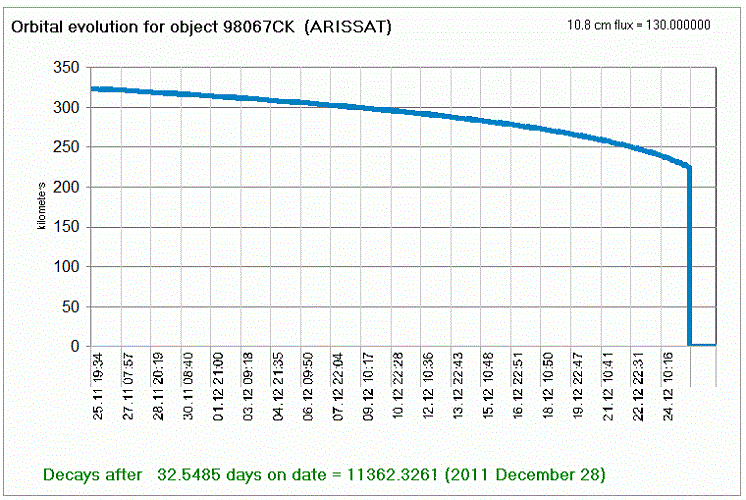

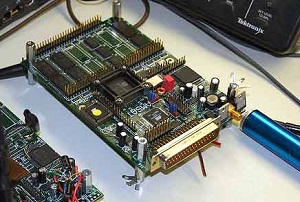 AMSAT-NA VP Operations Drew Glasbrenner KO4MA reports on Friday’s IHU crash on the Amateur Radio satellite AO-51. Sometime between 1815 and 1945Z November 25, AO-51′s IHU crashed. This happened after a few days of intermittent and unpredictable operation.
AMSAT-NA VP Operations Drew Glasbrenner KO4MA reports on Friday’s IHU crash on the Amateur Radio satellite AO-51. Sometime between 1815 and 1945Z November 25, AO-51′s IHU crashed. This happened after a few days of intermittent and unpredictable operation. AMSAT submitted a proposal to NASA for their CubeSat Launch Initiative, also known as the ‘Educational Launch of NanoSat’ (
AMSAT submitted a proposal to NASA for their CubeSat Launch Initiative, also known as the ‘Educational Launch of NanoSat’ ( Hot off the press – Lecture Cubesats Veron Breda (R07)
Hot off the press – Lecture Cubesats Veron Breda (R07)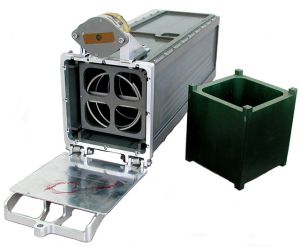 universities worldwide to perform space science and exploration. Since CubeSats are all 10×10 cm (regardless of length) they can all be launched and deployed using a common deployment system. CubeSats are typically launched and deployed from a mechanism called a Poly-PicoSatellite Orbital Deployer (P-POD), also developed and built by Cal Poly. P-PODs are mounted to a launch vehicle and carry CubeSats into orbit and deploy them once the proper signal is received from the launch vehicle. P-PODs have deployed over 90% of all CubeSats launched to date (including un-successful launches), and 100% of all CubeSats launched since 2006.
universities worldwide to perform space science and exploration. Since CubeSats are all 10×10 cm (regardless of length) they can all be launched and deployed using a common deployment system. CubeSats are typically launched and deployed from a mechanism called a Poly-PicoSatellite Orbital Deployer (P-POD), also developed and built by Cal Poly. P-PODs are mounted to a launch vehicle and carry CubeSats into orbit and deploy them once the proper signal is received from the launch vehicle. P-PODs have deployed over 90% of all CubeSats launched to date (including un-successful launches), and 100% of all CubeSats launched since 2006.
 2nd.spaceflight Dec 21st 2011, 13:06 GMT, Soyuz TMA-3M. ISS expedition 30, ESA’s PromISSe mission. Till May 16th 2012.
2nd.spaceflight Dec 21st 2011, 13:06 GMT, Soyuz TMA-3M. ISS expedition 30, ESA’s PromISSe mission. Till May 16th 2012.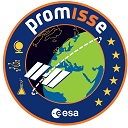 Blog address:
Blog address: